Åsa Fast-Berglund

Project time: 2013 – 2016
Budget: 11 090 000 SEK
Funding: SIP Produktion2030
MEET model contributes to a more structured w ork current organization and information structure when various types of meetings to be scheduled.
The goal is more effective meetings, better choices regarding organizational and tutor genomic issues, increased Information and dissemination of know ledge in the organization and to go from individual to organizational learning.
The result is a model w ith ten different areas can be used to achieve the temporal and spatial flexibility in meeting different situations. The expected effects are increased flexibility, better structure of the company, better balance w ithin the organization and information systems to changes in meeting situations.
The first part w as a development of the essential elements of what w e call MEET model. To learn and share information and know ledge is a key task and aspects at all meetings.
The second part of the project investigated and validated MEET model through the practical use of MEET model of the four companies involved in the project.
Volvo Penta and Volvo Cars (global companies) and SkeLack Laray (SMEs).
Project results are then packaged for SMFer in tw o rounds; a brochure and a mobile application to help evaluate and improve the meeting structure.
2016 – 2018
2017 – 2018

2015 – 2015
2015 – 2016
2014 – 2017
With globalization and other megatrends as demographic changes and climate change, more knowledge is needed regarding production in an international perspective. PADOK Study Visit in India 2016 have given an increased knowledge regarding how production is conducted in India, some of the challenges producing companies in that region is facing and how Swedish companies interested in investing in production in India could act to establish themselves in the region.
2016 – 2016
Tooling constitutes a significant part in the economical investment of the hot stamping process. Significant benefits in production economy and environmental benefits can be attained by improving the tribological performance in hot forming operations of automotive components. The main idea of this project is to create tailored tool surfaces on dies made from cheaper and easier to manufacture tool steel for the hot stamping of ultra-high strength steels.
2015 – 2018
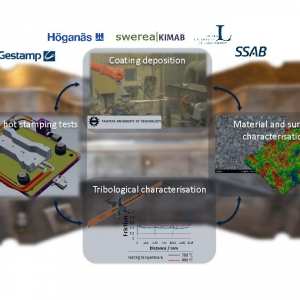
Every manufacturing company measure and control production performance with a system of KPIs. The aim of the SMART-PM project is to investigate and demonstrate new ways of collecting data, transforming data to information and introducing new decision tools based on valid information and economic models of the production systems.
2018 – 2020
2015 – 2016
2017 – 2021
2013 – 2017
2017 – 2019
2015 – 2018
2014 – 2017
2016 – 2016
2017 – 2018
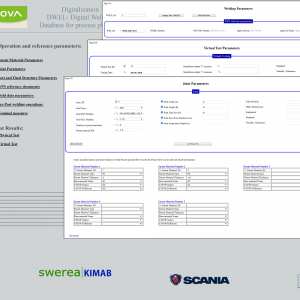
2015 – 2016
2013 – 2016
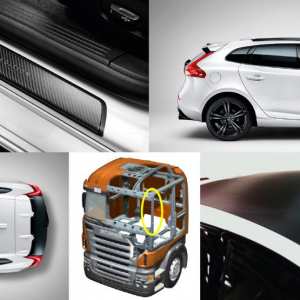
The SAPPA project is about innovative cloud-based predictive and preventive maintenance systems, improving availability of products and production systems.
2014 – 2016
2015 – 2016
The project wants, by designing installation-friendly products in VR, to show improved ergonomics sometimes by installers, increased automation with the help of collaborative robots.
2019 – 2021
2013 – 2017
2016 – 2018
2014 – 2017
2016 – 2016
2015 – 2016
2014 – 2017
The project focuses on economic and environmental sustainability and increased industrial competitiveness.
2017 – 2018
2017 – 2020
2014 – 2017
2015 – 2016
2017 – 2018
2017 – 2018
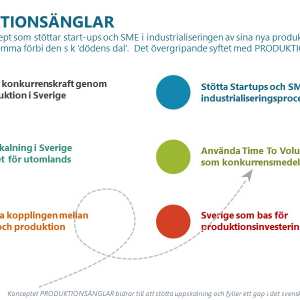
2015 – 2016
2016 – 2017
2015 – 2017
2015 – 2016
2014 – 2018
2016 – 2019
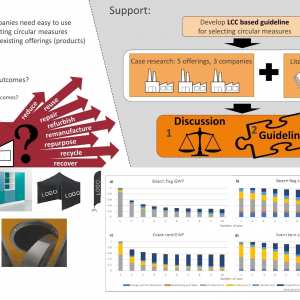
2017 – 2018
2014 – 2016
RemProLife aims at improving the use of life-cycle information to achieve more efficient remanufacturing from economic and ecological perpectives.
2013 – 2016
2017 – 2018
2017 – 2018
Reduced lead times and improved performance for tooling through innovative manufacturing and assembly strategies as well as optimised design enabled by use of additive manufacturing (AM).
2016 – 2018
2016 – 2017
2014 – 2017
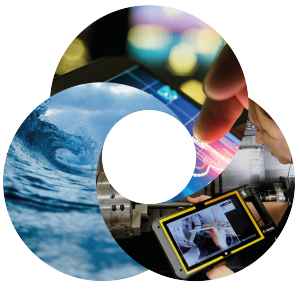
2017 – 2020
2015 – 2016
2016 – 2016
2017 – 2018
2015 – 2015
2016 – 2016
2015 – 2016
Increased sustainability and cost effectiveness through improved strategic decision-making in production issues based on new metrics system for production and development.
2015 – 2017
2014 – 2014
2015 – 2016
2017 – 2018